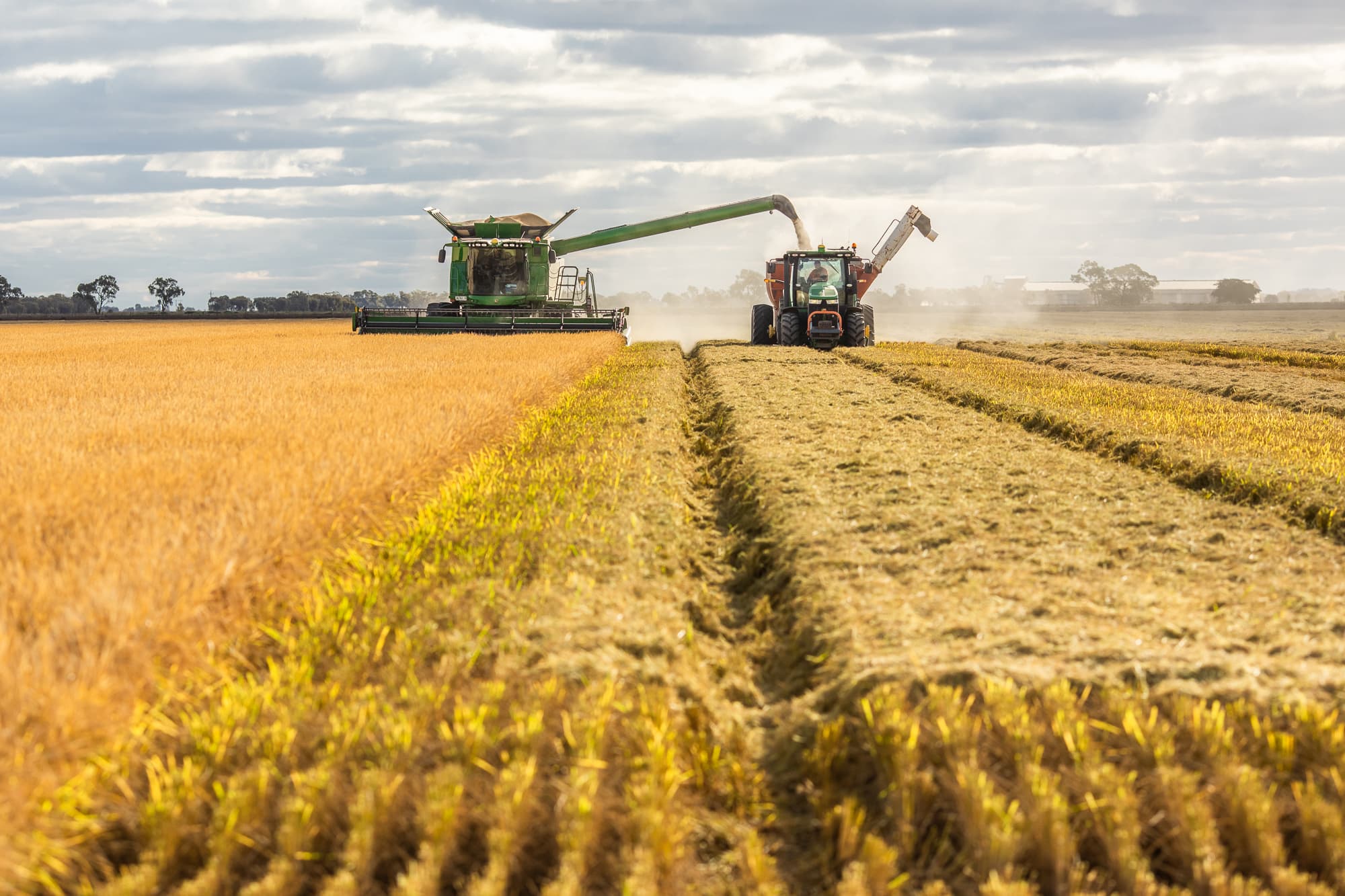This target represents a 75% increase on 2021 water-use efficiency – which already places the Australian rice industry as the most water efficient in the world, using some 50% less water than the global average.
Commenting on the new roadmap, the rice industry’s RD&E plan, John Harvey, Managing Director of AgriFutures Australia said the roadmap involved extensive consultation with rice growers and industry and sets an exciting and bold research path for the industry.
“Fundamentally, this roadmap seeks to invest in key activities and projects that can deliver more tonnes of rice per hectare and use less water per tonne. We want to ensure rice is a more competitive and attractive summer crop delivering greater financial returns for growers,” said Mr Harvey.
“The investment of rice growers’ levy is a responsibility AgriFutures Australia does not take lightly. To develop this roadmap, we have been working closely with AgriFutures Rice Advisory Panel, growers and our colleagues at SunRice, the RGA, NSW DPI and the Rice Marketing Board. Our end goal is to ensure rice remains a competitive and profitable option for all rice growers,” added Mr Harvey.
Rob Gordon, Chief Executive Officer at SunRice, said the new roadmap and significantly increased investment would see a renewed urgency in the pursuit of new varieties and agronomic practices to deliver a step-change in water-use efficiency, while ensuring the profitability of rice production for growers.
“The Australian rice industry is world class. We grow some of the highest quality Japonica-style varieties anywhere in the world while already using 50% less water than the global average. SunRice then takes that rice and transforms it in our facilities in the Riverina into value-added branded products which are valued by customers and consumers in some 50 global markets.
“SunRice’s operations directly contribute close to $400 million in years of normal production, employing more than 500 people across our facilities in Leeton, Coleambally, Jerilderie and Deniliquin, and supporting some 400 local businesses and growers.
“However, given the changing environment for water availability in the Riverina, there is an urgent need to deliver a step-change in our research, development and extension efforts to enable a fundamental shift in our water-use efficiency.
“This new RD&E plan will assist us in maintaining the high quality of our rice varieties, while increasing focus on water-use efficiency. While the target is openly ambitious – we believe it is achievable and necessary to ensure the ongoing profitability of our growers and to future-proof this great industry.”










